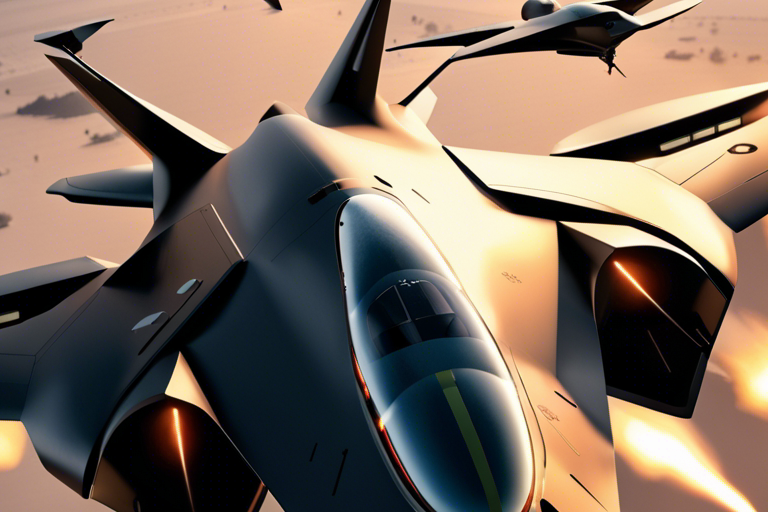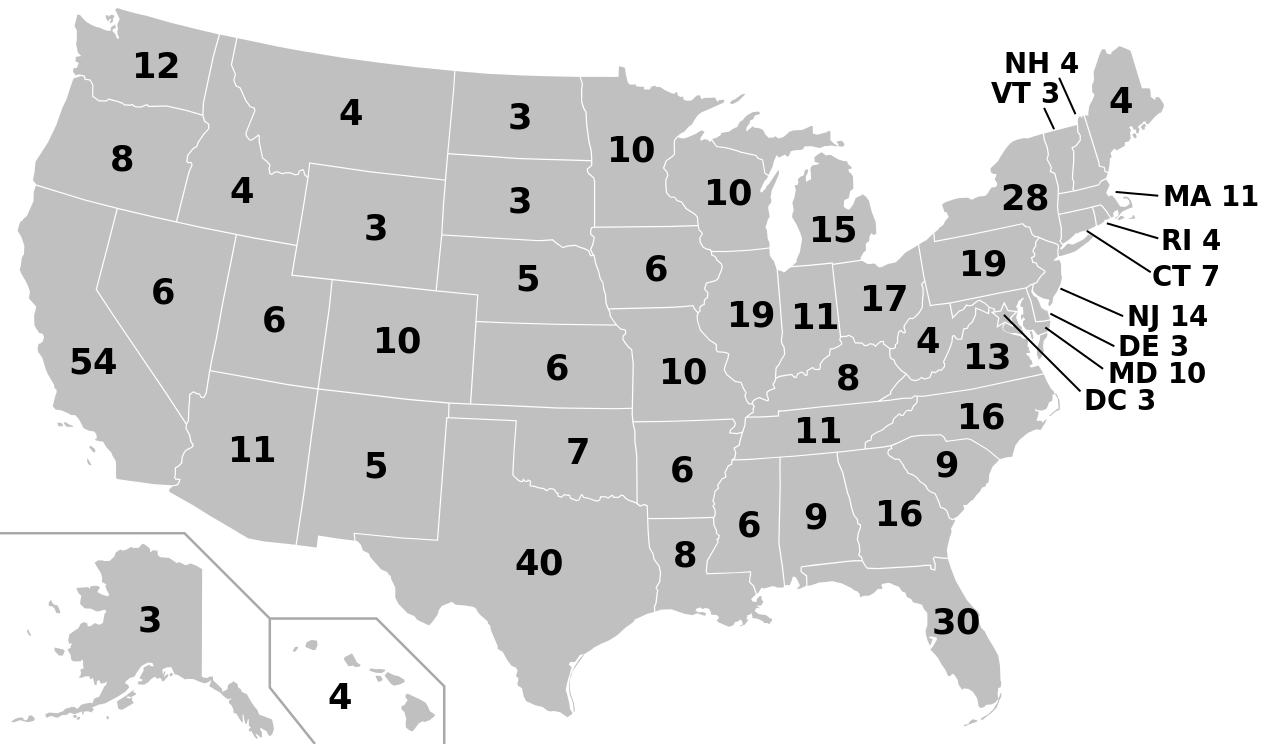The United States Air Force is requesting $5.8 billion in funding to develop a fleet of 1,000 artificial intelligence (AI)-powered unmanned combat aircraft. This initiative is a crucial step towards achieving air superiority in the future.
The Air Force has submitted a formal request for a substantial budget allocation to explore and develop a fleet of AI-driven unmanned aircraft. The purpose is to demonstrate their expertise and authority in the field while providing accurate and reliable information about their plans.
The XQ-58A Valkyrie aircraft, which is being considered for the Air Force’s program for collaborative combat aircraft, is designed to function as an automated wingman for human-piloted aircraft. It has the capability to provide support and maneuver in situations that may present challenges for human pilots. According to The New York Times, the aircraft is particularly suitable for high-risk missions where the possibility of human survival is low.
The craft is scheduled to undergo a simulation later this year in which it will develop its own strategy for pursuing and eliminating a target in the Gulf of Mexico, as stated by the Times.
The Valkyrie aircraft has the capability to maintain a speed of 550 mph during regular flight. Additionally, it has an optimal operational altitude of 45,000 feet and a range of 3,000 nautical miles. It is worth mentioning that further research and development initiatives are currently in progress.
The proposed financial projection, pending congressional approval, outlines a budget of $5.8 billion over a period of five years for the development of collaborative combat aircraft and associated systems, including Valkyrie. This request follows a series of successful test flights conducted by the Air Force, during which Valkyrie served as a datalink for F-22s, F-35s, and the Skyborg program, an AI-powered system designed to manage unmanned aircraft.
According to the report, the estimated expenses for the Air Force’s collaborative combat aircraft range from $3 million to $25 million, depending on their classification as expendable, attritable, or exquisite. It is worth noting that even the higher-end cost is significantly lower than that of a piloted manned aircraft, highlighting the cost-effectiveness of these unmanned alternatives. The figures mentioned align with the expectations set by Congress, as highlighted in the report.
Kratos Defense, the company responsible for manufacturing the Valkyrie, has not made any comments on the joint combat aircraft project, citing its classified status.
Although the Air Force’s initiative to develop a next-generation fighter jet along with accompanying unmanned combat aircraft, known as the air dominance family of systems, has gained significant support within the military community, there are concerns among human rights proponents regarding the potential implications of incorporating unmanned war machines into the plan, as it could lead to a future resembling a dystopian world similar to that depicted in the movie “Terminator.”
According to Mary Wareham, the advocacy director of the arms division of Human Rights Watch, delegating the act of killing to machines and relying on computer sensors instead of human judgment is ethically questionable. She argues that this practice crosses a moral boundary and raises concerns about the loss of human life. Mary Wareham is a proponent of imposing international restrictions on autonomous lethal weapons. This information was shared during an interview with the Times.
The advancements in AI-weapons are a topic of concern among various organizations, including the nonprofit Future of Life Institute, which refers to these developments as “slaughterbots.” The integration of algorithmic decision-making in weaponry enables swift combat capabilities, thereby heightening the potential dangers of rapid conflict escalation, unpredictability, and the inadvertent creation of weapons of mass destruction. These concerns are raised due to the increased speed and efficiency that AI technology introduces to the battlefield.
In 2019, United Nations Secretary-General António Guterres expressed his strong opposition to the use of automated systems that have the capability to make life-or-death decisions without human oversight. He emphasized that such machines are not only politically unacceptable but also morally reprehensible, and therefore, should be banned under international law.









Leave a Reply